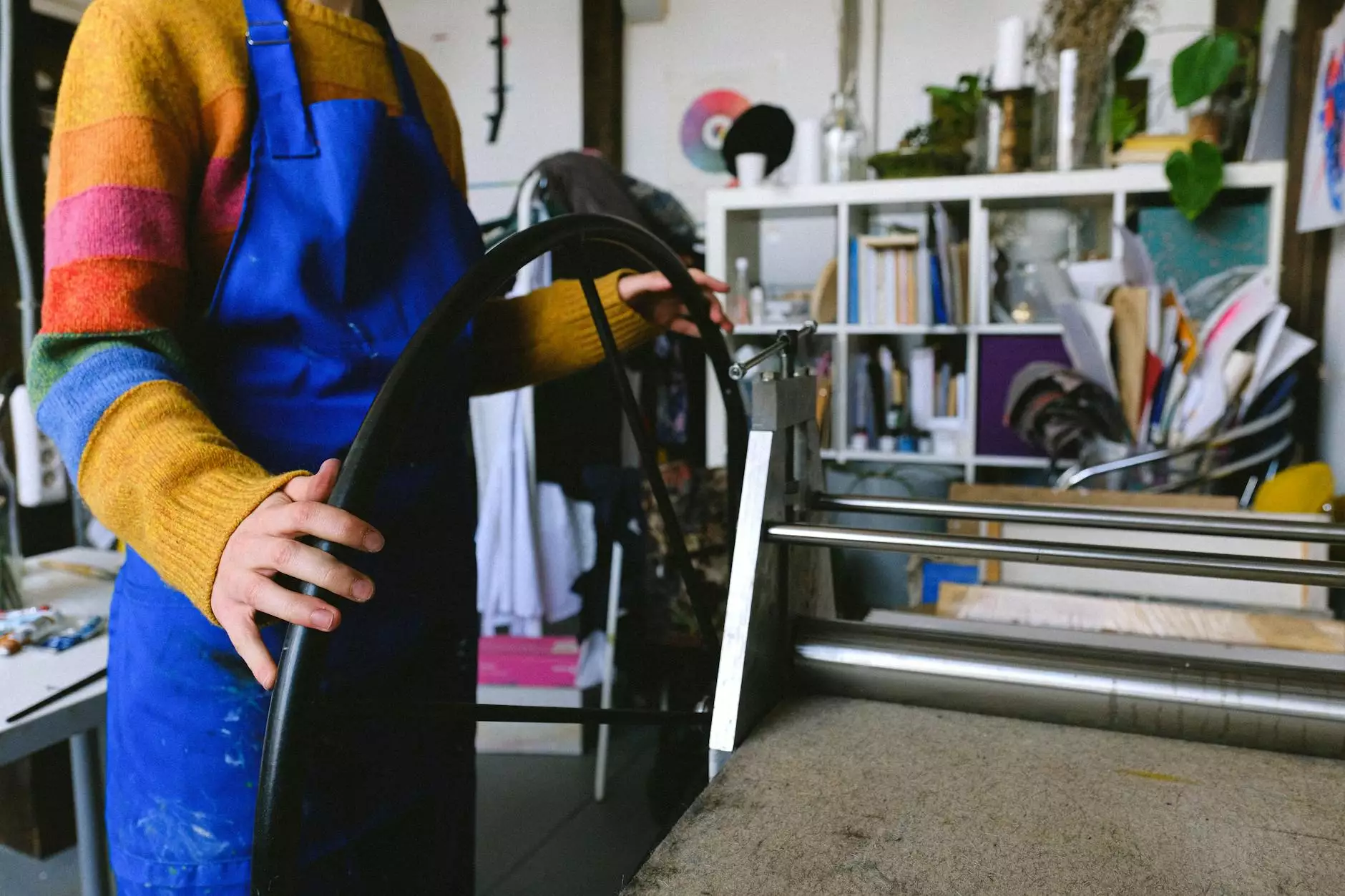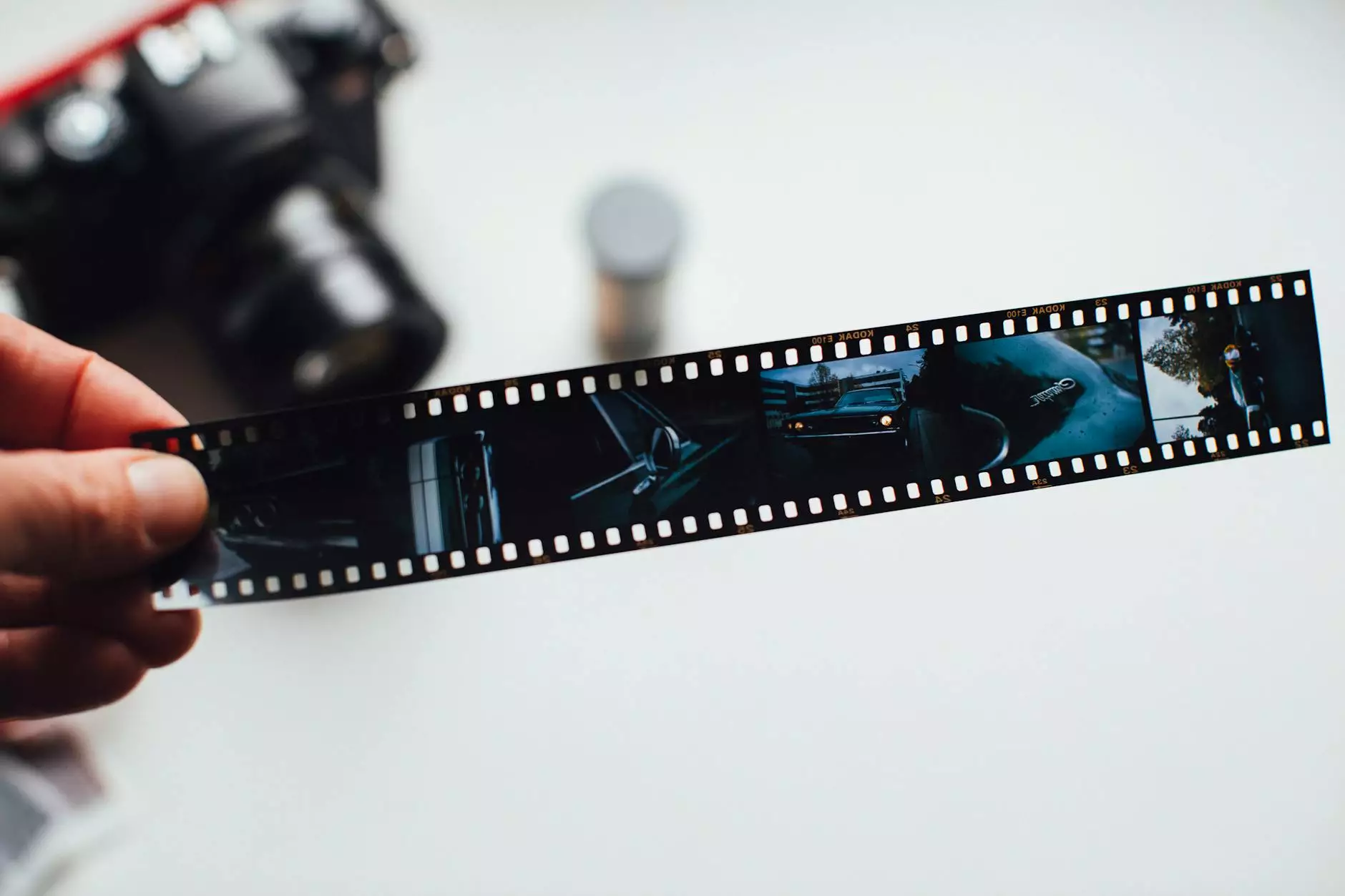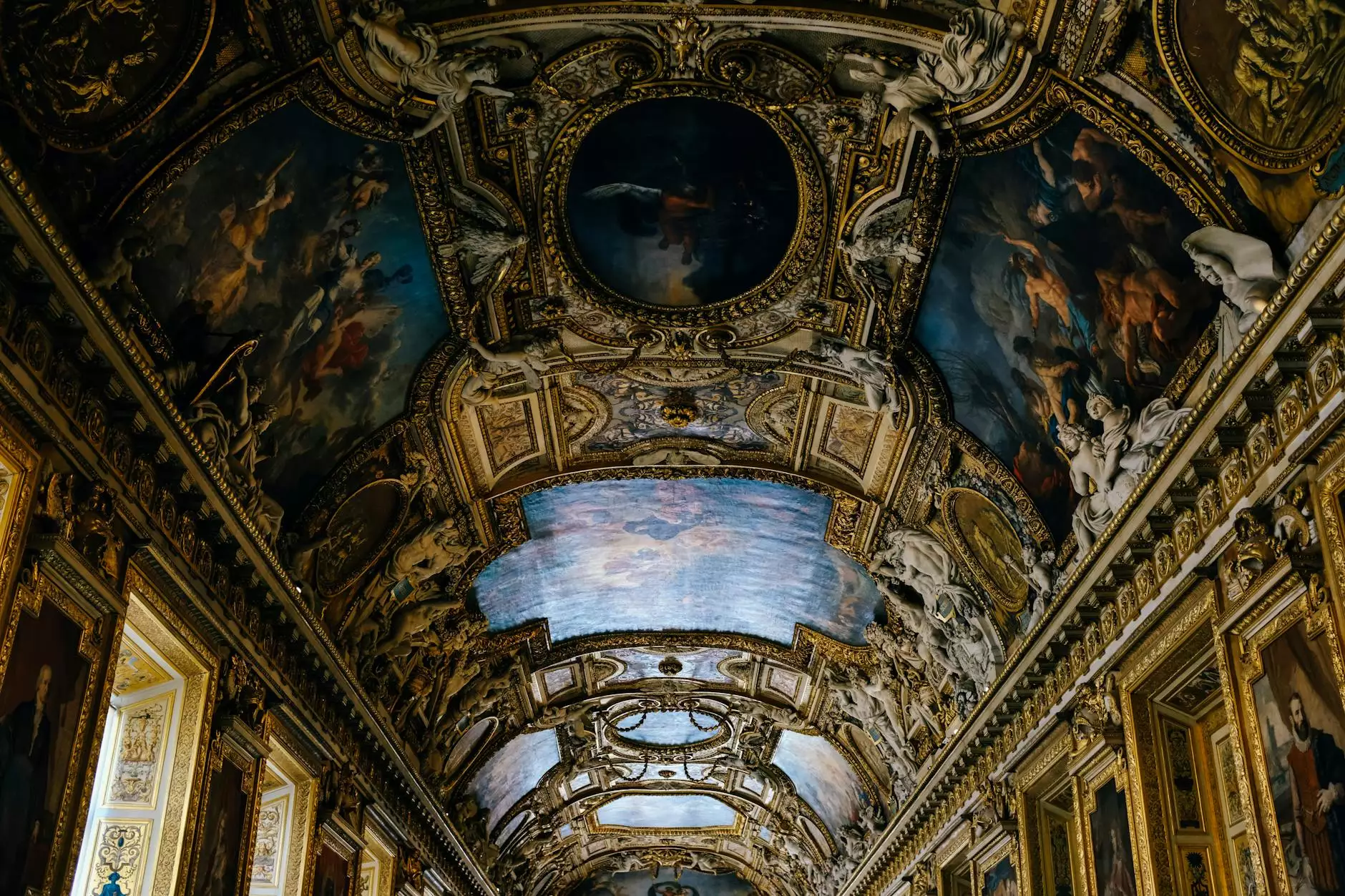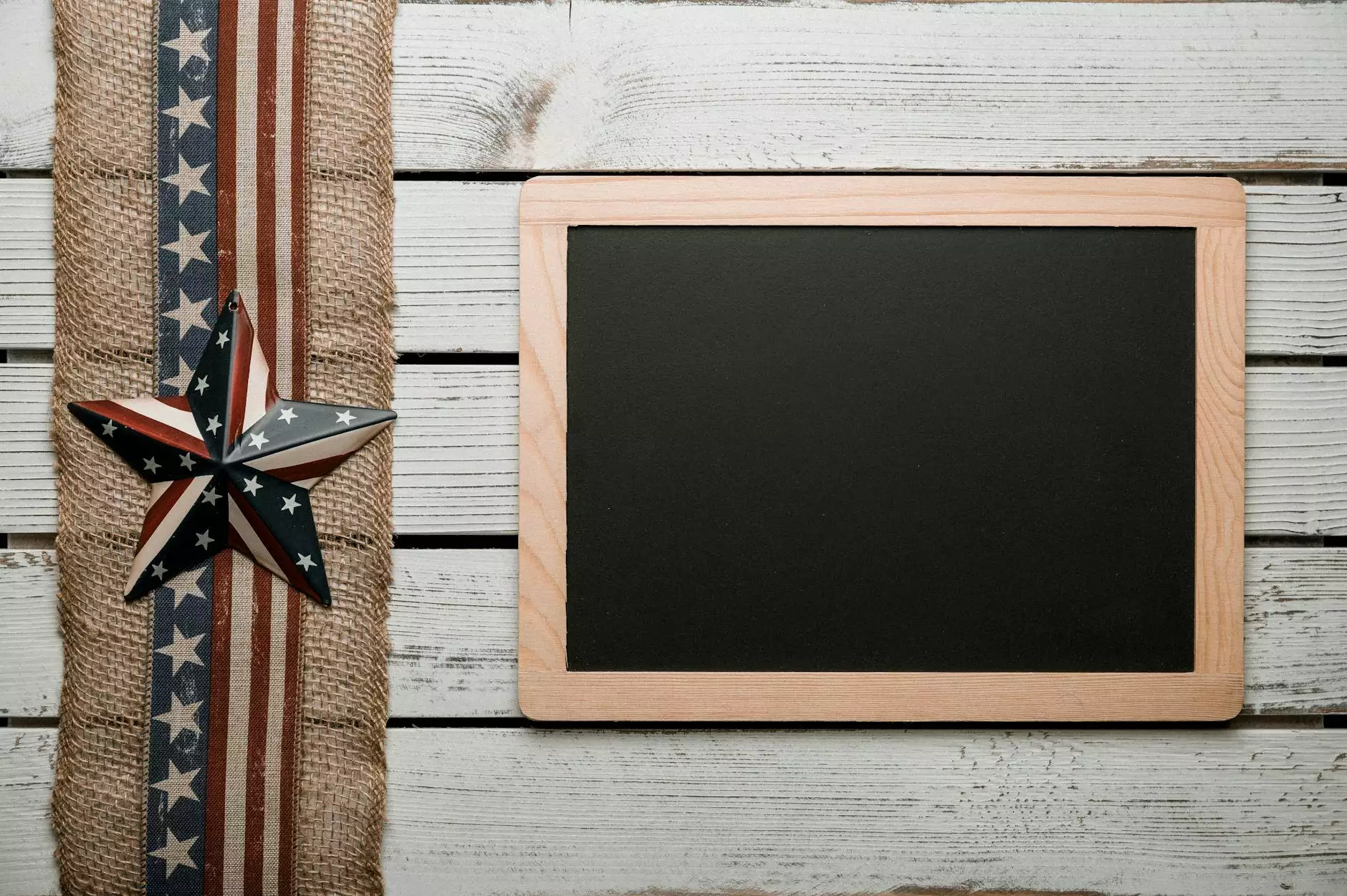From Copper Plate to Collotype: A Guide to the Technical Process
Articles
The Intricate Journey
Welcome to Marjorie Cowley's guide on the fascinating transition from copper plate engravings to the art of collotype. This richly detailed journey will unravel the technical aspects and historical significance of this unique artistic process, predominantly used in the world of books and literature.
Understanding Copper Plate Engravings
Copper plate engravings have a long-standing tradition in the art world. They originated in the late Renaissance period and became prominent throughout the Baroque, Rococo, and Neoclassical eras. The process involves incising a design onto a copper plate, traditionally using sharp tools such as burins. Once the design is incised, ink is applied to the plate, and excess ink is meticulously wiped away, leaving ink only in the engraved lines. The plate is then pressed onto paper, resulting in a printed image.
Introducing Collotype
While copper plate engravings were highly esteemed, collotype emerged as a revolutionary alternative in the 19th century. Developed by Alphonse Poitevin in 1856, collotype allowed for the reproduction of continuous tones and textures with unparalleled clarity and fidelity. Unlike traditional plate engravings, collotype involves a photographic printing process.
The Collotype Process
The collotype process starts with the creation of a glass plate coated in a light-sensitive gelatin solution. A negative transparency of the desired image is then exposed onto the gelatin-coated plate. The plate is washed to remove the unexposed gelatin, leaving behind a relief image. Ink, similar to traditional printing inks, is then applied to the plate and transferred onto paper using pressure. The result is a high-quality print that faithfully reproduces the original image with remarkable precision.
Collotype in Books and Literature
The versatility of collotype made it particularly suitable for the reproduction of illustrations in books. Its ability to capture subtle nuances, intricate details, and tonal gradations made it the preferred choice for reproducing artworks, photographs, and scientific illustrations. Notable publishers in the late 19th and early 20th centuries embraced collotype for their prestigious publications, immortalizing the works of renowned artists and photographers.
Preserving the Art of Collotype
While collotype printing reached its peak of popularity in the late 19th century, advancements in offset lithography and digital printing technology eventually overshadowed this once-revered technique. Nevertheless, collotype remains highly cherished by enthusiasts, collectors, and artists who appreciate its unique aesthetic qualities.
Marjorie Cowley: A Passion for Collotype
Marjorie Cowley, a dedicated artist and advocate for the preservation of traditional printing methods, specializes in collotype. With a deep understanding of the technical intricacies and historical significance of this art form, Marjorie Cowley's work showcases the timeless beauty of collotype and its ability to evoke a sense of nostalgia and craftsmanship.
Explore the World of Copper Plate to Collotype
Are you ready to delve into the world of copper plate engravings and collotype? Join Marjorie Cowley on this captivating journey through the evolution of printing techniques. Learn about the meticulous processes and the lasting impact of collotype in the realm of books and literature. Embrace the beauty of this art form and witness its transformation over time. Discover the hidden stories behind each print and immerse yourself in the rich history that shaped our artistic heritage.
Get in Touch
For inquiries, collaborations, or to learn more about Marjorie Cowley's work, please reach out using the contact details below:
- Website: http://marjoriecowley.com
- Email: [email protected]
- Phone: +1234567890



